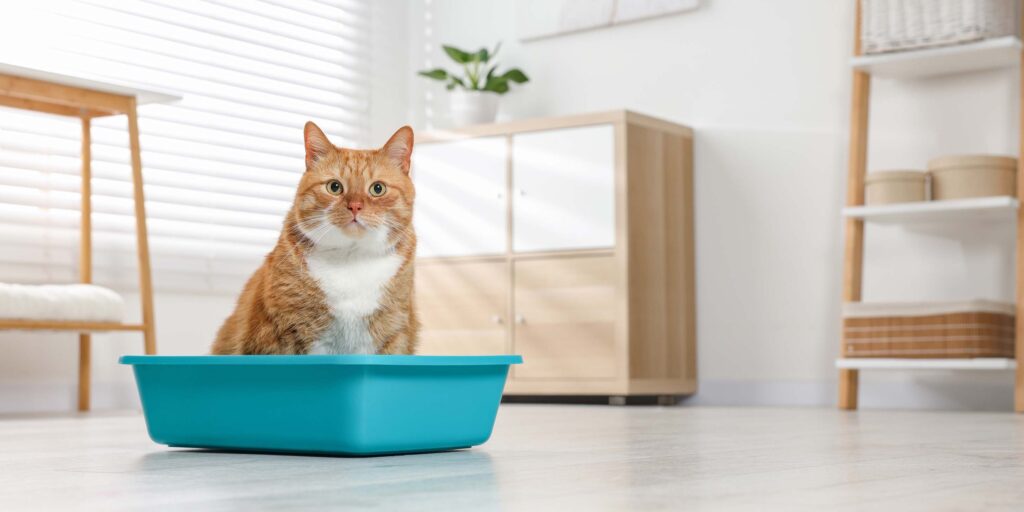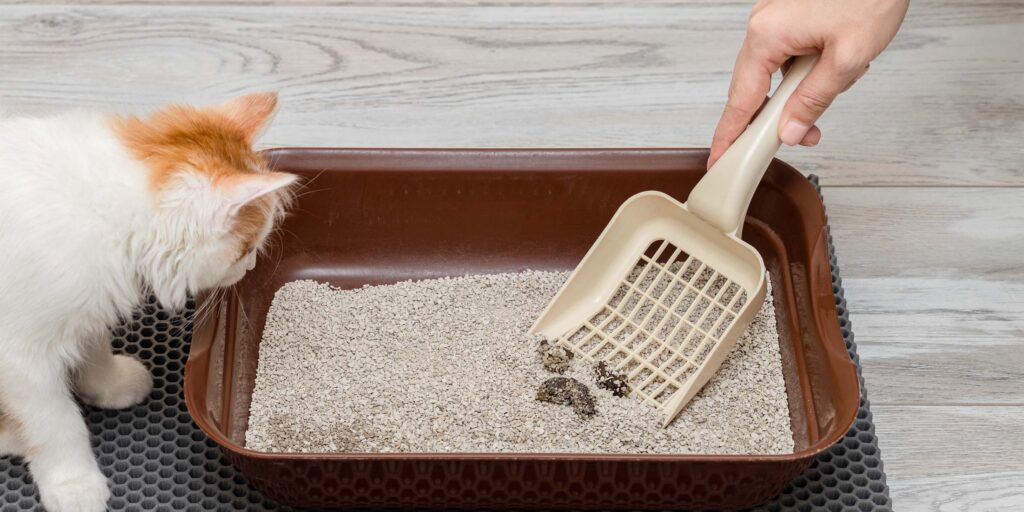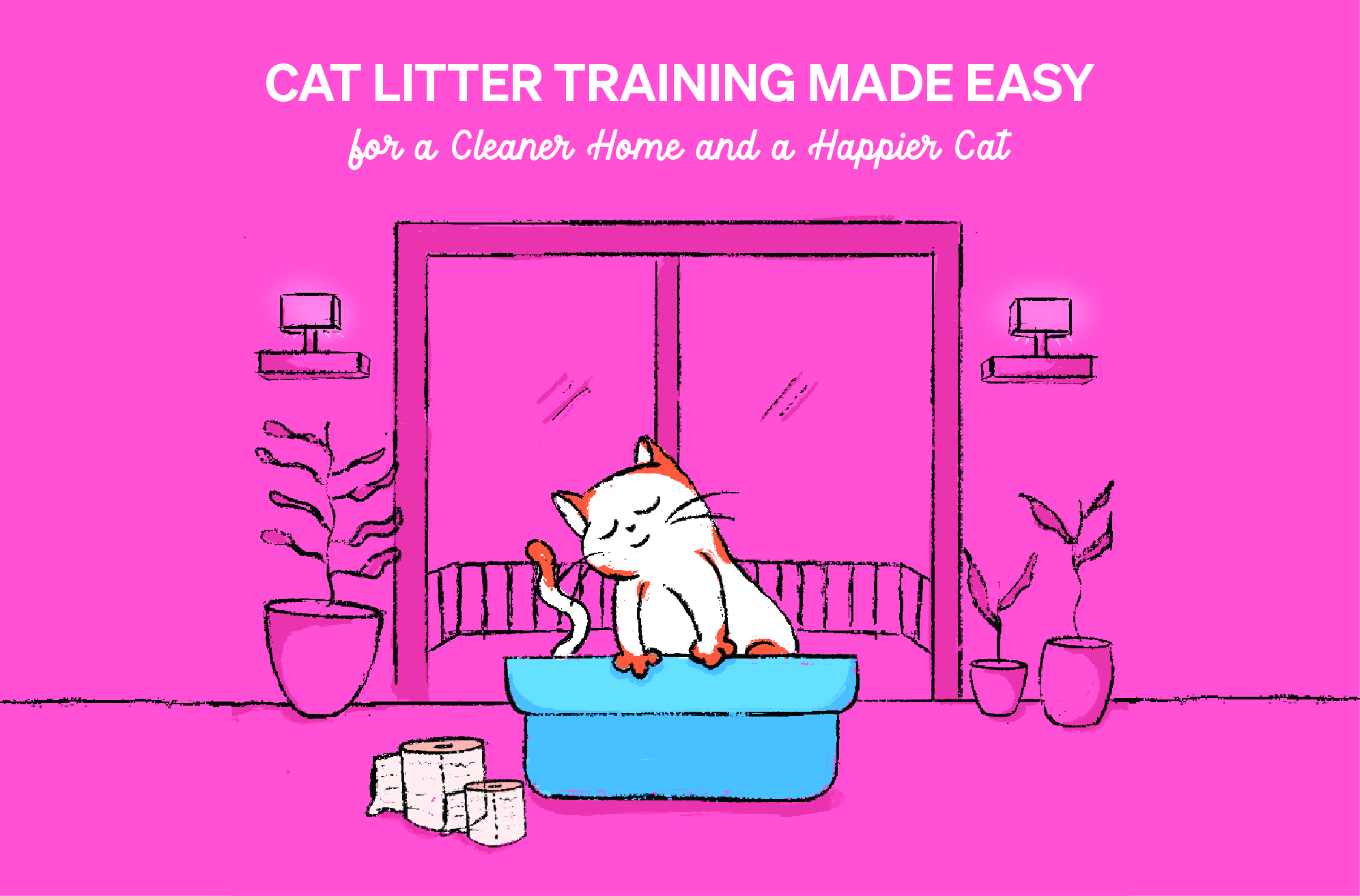Training your cat to use a litter box doesn’t have to be stressful. Whether you’re welcoming a new kitten or helping an older cat adjust, a little patience and the right setup go a long way. This easy-to-follow guide will show you how to litter train your cat and keep your home clean and fresh.

1. Choose the Right Litter Box
Cats are picky, and the wrong litter box can lead to problems.
- Size matters: Choose a box large enough for your cat to turn around comfortably.
- Easy entry: Low sides help kittens, senior cats, or those with mobility issues.
- Start uncovered: Open litter boxes feel safer and let odors escape, reducing intimidation.
Tip: For multi-cat homes, use one litter box per cat plus one extra.
2. Pick the Best Cat Litter
Most cats prefer unscented, clumping litter because it’s easy to dig and feels natural.
- Clumping litter = Easier cleanup
- Unscented = Less risk of rejection
- Non-clumping = Safer for kittens under 8 weeks
Stick with what your cat likes. Sudden changes may lead to litter box avoidance.

3. Find the Perfect Litter Box Location
Where you place the litter box can make or break training.
- Quiet and private: Avoid loud or busy areas.
- Accessible: Make sure your cat can easily reach the box.
- Away from food and water: Cats don’t like to eliminate near where they eat.
4. Introduce the Litter Box Gently
Help your cat feel comfortable with the box from day one.
- Show them the box as soon as they arrive.
- Place them inside after meals or naps.
- Let them explore it on their own—don’t force it.
Kittens often learn fast. Older cats may need more time and repetition.
5. Use Positive Reinforcement Only
Encourage good behavior with praise and rewards.
- Reward success: Use treats or gentle praise.
- Ignore accidents: Clean messes thoroughly with enzymatic cleaner.
- Never punish: Scolding or forcing can cause fear and setbacks.

6. Keep the Litter Box Clean
Cleanliness is key to long-term litter box success.
- Scoop daily to remove waste.
- Deep clean weekly with unscented, non-toxic cleaner.
- Watch for signs of litter box aversion or health issues.
A dirty box is one of the most common reasons cats stop using it.
7. What to Do If Your Cat Has Accidents
Accidents happen. Here’s how to troubleshoot:
- Check the location and cleanliness of the litter box.
- Look for stress triggers like new pets or changes in the home.
- If problems continue, visit a veterinarian to rule out health issues like urinary tract infections.
Final Thoughts: Patience Pays Off
Litter training a cat is a straightforward process when you stick to a routine and focus on your cat’s comfort. With the right litter box, location, and positive reinforcement, you’ll create a clean, stress-free environment for both you and your furry friend.





